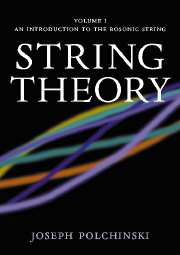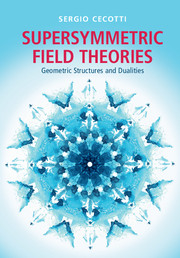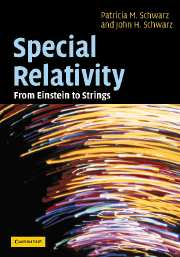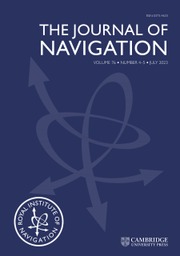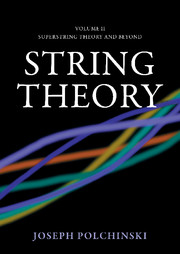String Theory
String Theory comprises two volumes which give a comprehensive and pedagogic account of the subject. Volume 1, first published in 1998, provides a thorough introduction to the bosonic string. The first four chapters introduce the central ideas of string theory, the tools of conformal field theory and of the Polyakov path integral, and the covariant quantization of the string. The next three chapters treat string interactions: the general formalism, and detailed treatments of the tree level and one loop amplitudes. Chapter eight covers toroidal compactification and many important aspects of string physics, such as T-duality and D-branes. Chapter nine treats higher-order amplitudes, including an analysis of their finiteness and unitarity, and various nonperturbative ideas. An appendix giving a short course on path integral methods is included. This is an essential text and reference for graduate students and researchers interested in modern superstring theory.
- This is an important and successful theoretical physics title
- Top rank author, with very accessible readable style
- Leading edge subject matter in area of interest to all physicists
Reviews & endorsements
'… this is an impressive book. It is notable for its consistent line of development and the clarity and insight with which topics are treated … It is hard to think of a better text in an advanced graduate area, and it is rare to have one written by a master of the subject. It is worth pointing out that the book also contains a collection of useful problems, a glossary, and an unusually complete index.' Physics Today
'… the most comprehensive text addressing the discoveries of the superstring revolutions of the early to mid 1990s, which mark the beginnings of 'modern' string theory.' Donald Marolf, American Journal of Physics
'Physicists believe that the best hope for a fundamental theory of nature - including unification of quantum mechanics with general relativity and elementary particle theory - lies in string theory. This elegant mathematical physics subject is expounded by Joseph Polchinski in two volumes from Cambridge University Press … Written for advanced students and researchers, this set provides thorough and up-to-date knowledge.' American Scientist
'We would like to stress the pedagogical value of the present book. The approach taken is modern and pleasantly systematic, and it covers a broad class of results in a unified language. A set of exercises at the end of each chapter complements the discussions in the main text. On the other hand, the introduction of techniques and concepts essential in the context of superstrings makes it a useful reference for researchers in the field.' Mathematical Reviews
'It amply fulfils the need to inspire future string theorists on their long slog and is destined to become a classic. It is a truly exciting enterprise and one hugely served by this magnificent book.' David Bailin, The Times Higher Education Supplement
Product details
June 2005Paperback
9780521672276
424 pages
248 × 175 × 23 mm
0.725kg
51 b/w illus. 103 exercises
Available
Table of Contents
- Foreword
- Preface
- Notation
- 1. A first look at strings
- 2. Conformal field theory
- 3. The Polyakov path integral
- 4. The string spectrum
- 5. The string S-matrix
- 6. Tree-level amplitudes
- 7. One-loop amplitudes
- 8. Toroidal compactification and T-duality
- 9. Higher order amplitudes
- Appendix A: a short course on path integrals
- References
- Glossary
- Index.

